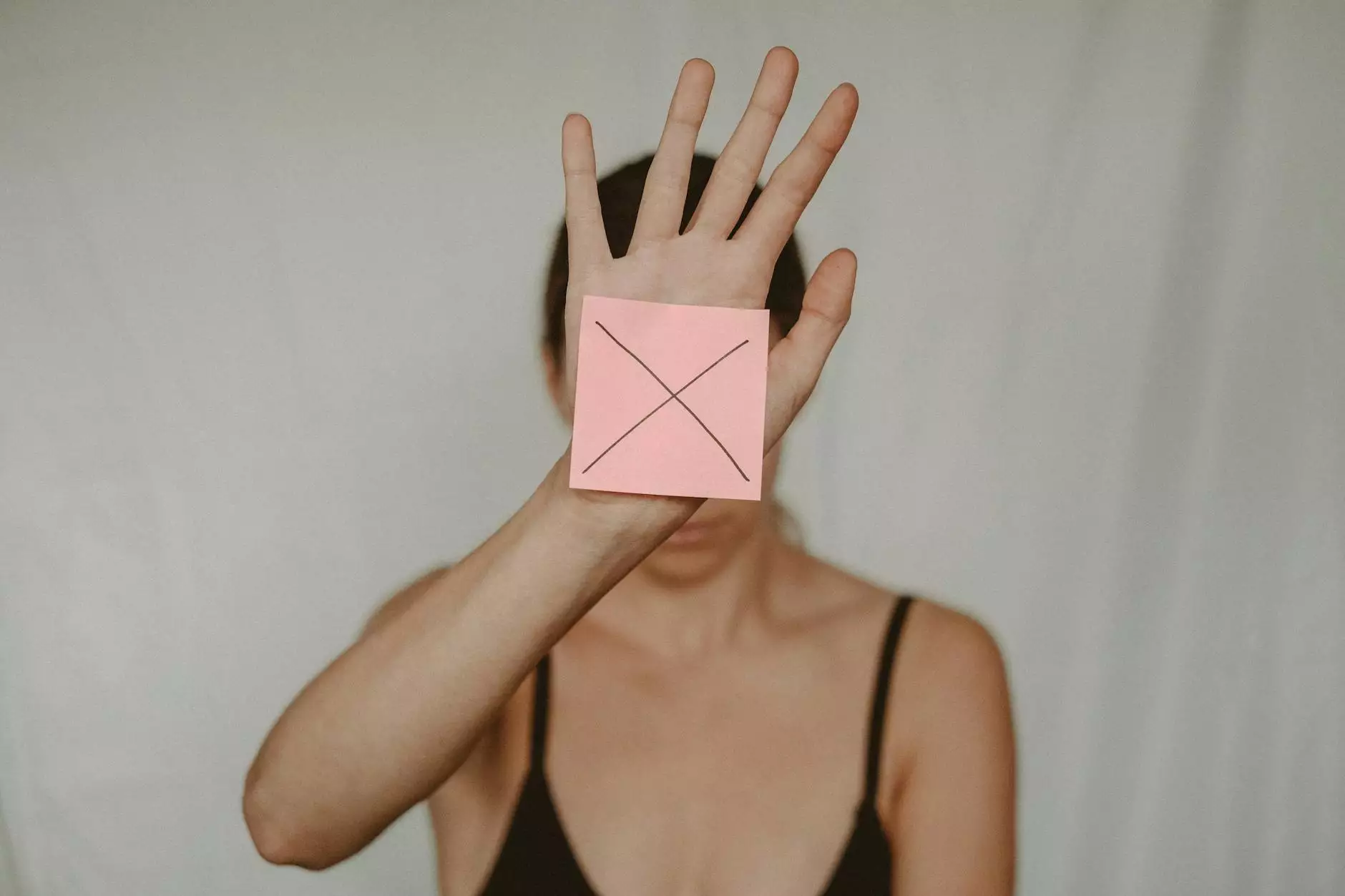Borrowing Images Online - All You Need to Know

Introduction
Welcome to Dan Sevigny Marketing, Public Relations & SEO! In this comprehensive guide, we'll cover all the essential information you need to know about borrowing images online. Whether you're a content creator, marketer, or business owner, understanding how to ethically use images is crucial to avoid any legal and copyright pitfalls. So, let's dive in!
Understanding Copyright and Image Usage
When it comes to borrowing images online, it's essential to have a solid understanding of copyright laws. Copyright protects original creative works, including photographs, illustrations, and graphics. By default, any image you find online is automatically protected by copyright, unless stated otherwise.
Finding Images for Borrowing
When searching for images, it's important to use reputable sources such as stock photo websites, creative commons platforms, or websites that offer royalty-free images. These platforms typically provide images that are free to use, but it's crucial to review their respective licenses and terms of use.
Proper Attribution and Image Credits
Many images available for borrowing require proper attribution. When using these images, make sure to provide the necessary credits according to the license terms. This usually involves mentioning the original creator or source and providing a link to the image if required. Failure to comply with attribution requirements can lead to copyright infringement.
Understanding Fair Use
Fair use is a legal principle that allows limited use of copyrighted material without obtaining permission from the copyright holder. However, it's important to note that fair use is subject to interpretation and should not be used as a blanket justification for using any image without permission.
Determining Fair Use Factors
When considering fair use, there are four primary factors to evaluate:
- 1. Purpose and character of the use: Assess whether your use of the image is transformative, non-profit, educational, or for commentary or criticism purposes.
- 2. Nature of the copyrighted work: Determine if the image is factual or creative in nature and whether its use may impact the potential market for the original work.
- 3. Amount and substantiality of the portion used: Consider the proportion of the image you're using in relation to the whole work or the significance of the portion used.
- 4. Effect on the potential market: Evaluate whether the use of the image could negatively affect the market value or potential licensing opportunities for the original work.
Obtaining Proper Licenses
If you're unable to find images that suit your needs through free or fair use options, it may be necessary to purchase licenses from stock photo agencies or directly from photographers and creators. These licenses provide you with legal rights to use the images within specified parameters.
Protecting Your Own Images
While this guide primarily focuses on borrowing images, it's equally vital to protect your own visual content. Utilize watermarking techniques, register your works with copyright offices, and clearly state your image usage policies to deter unauthorized usage of your images.
Conclusion
Borrowing images online can be a great way to enhance your content, but it's crucial to do so responsibly. By respecting copyright, understanding fair use, and properly attributing and licensing images, you can avoid legal complications and support the intellectual property rights of creators. Remember, ethical image usage is not just a legal obligation but also a way to cultivate trust, integrity, and professionalism in your online endeavors.










